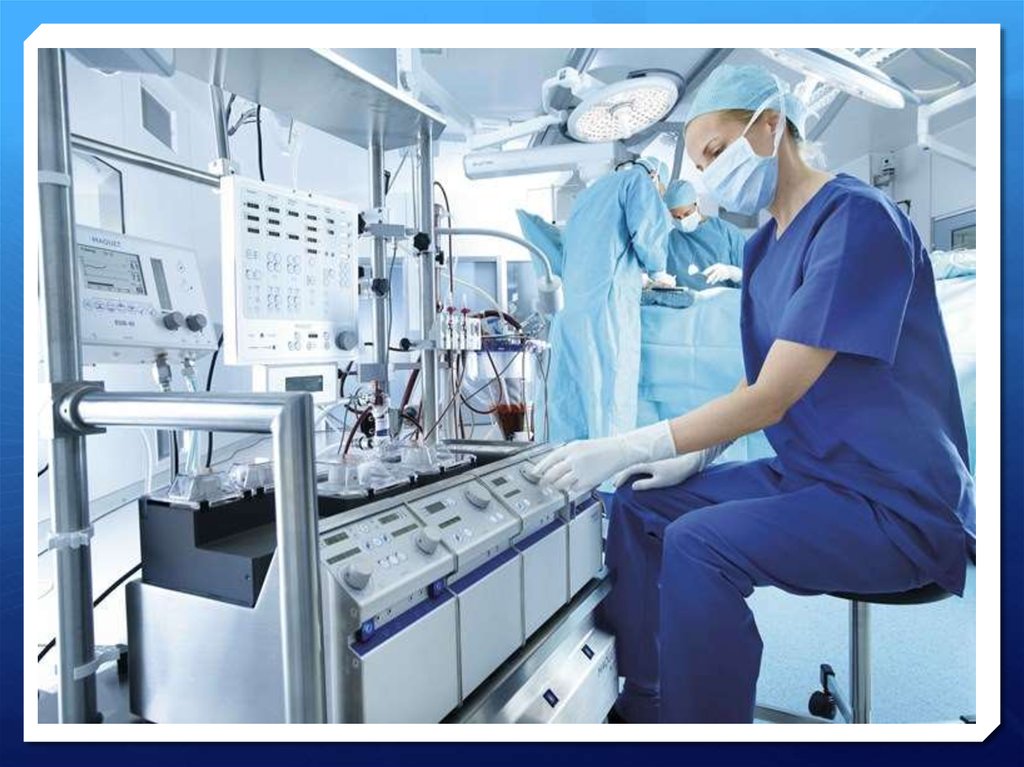Cardiopulmonary bypass (CPB) equipment, commonly known as the heart-lung machine, has revolutionized cardiac surgery by enabling surgeons to operate on a still, oxygenated heart. This life-saving technology allows surgeons to safely correct various congenital and acquired heart defects.
The Components of Cardiopulmonary Bypass
CPB equipment consists of various components working in tandem to temporarily take over the functions of the heart and lungs during surgery. The main components include:
– Cardiac cannulae: Flexible plastic tubes that are inserted surgically into veins (usually superior and inferior vena cava) and arteries (typically aorta) to divert blood away from and return it to the circulatory system.
– Blood reservoir: A collapsible reservoir that collects and stores blood coming from the veins during the procedure, allowing for uninterrupted blood flow.
– Membrane oxygenator: Central to the heart-lung machine, it adds oxygen to and removes carbon dioxide from the blood while also regulating body temperature. Different types of oxygenators like hollow fiber and silicone membrane are used.
– Blood pumps: Roller or centrifugal pumps responsible for pumping blood through the Cardiopulmonary Bypass Equipment circuit at an controlled rate mimicking normal circulation.
– Cardioplegia cannula: A special cannula introduced into the heart to deliver cold cardioplegic solution, inducing a brief period of cardiac arrest for the surgery.
– Temperature monitoring and regulation: Thermistors and heat exchangers regulate blood temperature for neuroprotection and optimal organ function during bypass.
Cardiopulmonary Bypass in Action
Here is a brief overview of how CPB works during an open-heart procedure:
– Cannulae are inserted to divert blood away from the heart and lungs after the patient is administered heparin to prevent clotting.
– Blood is drained passively into the reservoir from where the roller pumps pump it through the oxygenator adding oxygen and removing carbon dioxide.
– The oxygen-rich blood is returned to the patient’s circulatory system via the aortic cannula to sustain the systemic circulation.
– Simultaneously, cardioplegia solution is administered through the dedicated cannula, arresting the heart to allow delicate repair work.
– The heart-lung machine maintains precise control over blood flow, oxygen saturation, pH levels and temperature during the operation.
– After repair is completed, the heart is restarted and the cannulae removed, remouting the patient back on their own heart and lungs.
Applications of Cardiopulmonary Bypass Equipment
Some of the commonly performed cardiac operations requiring CPB include:
– Coronary artery bypass grafting (CABG): Used to treat coronary artery disease by grafting vessels to bypass blocked arteries and restore blood flow to the heart.
– Heart valve replacement/repair: Diseased valves like aortic/mitral valves are replaced with mechanical/biological prosthetics or repaired surgically.
– Congenital heart defect correction: Surgeries to treat congenital abnormalities present since birth like atrial septal defect, ventricular septal defect, transposition of great arteries etc.
– Cardiac tumor excision: CPB allows for removal of benign or cancerous tumors affecting the heart muscle or valves.
– Aortic aneurysm/dissection repair: Conditions involving weakness/dilation of the aorta are surgically corrected during circulatory arrest induced by CPB.
The Future of Cardiopulmonary Bypass
As cardiac surgery techniques advance, efforts are ongoing to improve the safety, efficacy and outcomes of CPB. Some areas of ongoing research and development include:
– Minimally invasive closed heart surgeries: Techniques like TAVR reduce surgical trauma by avoiding full bypass and sternotomy incisions.
– Percutaneous cardiopulmonary support: Smaller peripheral VADs provide temporary heart-lung support instead of conventional CPB in high-risk patients.
– Enhanced myocardial protection: Advances in cardioplegia delivery and additives better preserve the heart muscle during ischemic periods.
– Hollow fiber oxygenators: Newer hollow fiber membrane oxygenators offer better gas exchange, biocompatibility and prime conservation.
– Automated closed-loop systems: Integration of AI and sensors promises fully automatic regulatory control of CPB for optimized patient outcomes.
Cardiopulmonary bypass equipment stands as a cornerstone of cardiac surgery, having benefited millions worldwide over the past several decades. Continued innovation will surely make heart surgery even less invasive and help more heart disease patients in the years to come.
*Note:
1. Source: Coherent Market Insights, Public sources, Desk research
2. We have leveraged AI tools to mine information and compile it


